Every year, MIT Technology Review selects the most promising innovators under the age of 35 around the world to recognize their contribution to the development of new technologies or their creative application of existing technologies that can solve the world’s biggest problems.

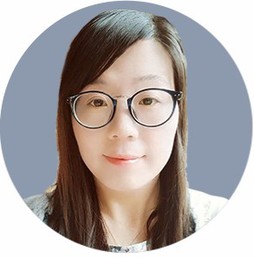
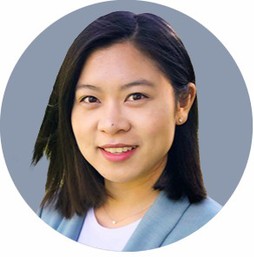
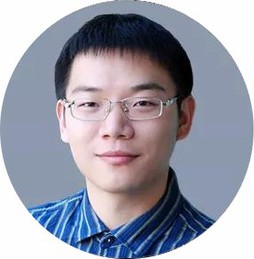
Three Fudan alumni, TANG Jing, LIU Chong(F) and LIU Chong(M), were honored last December as Innovators under 35 China. Their ingenious research work is changing the future of science and technology. Through their pursuit for solutions to pressing issues, inspirational life in Fudan and their understanding of innovation, we can catch a glimpse of their determination to change this world.
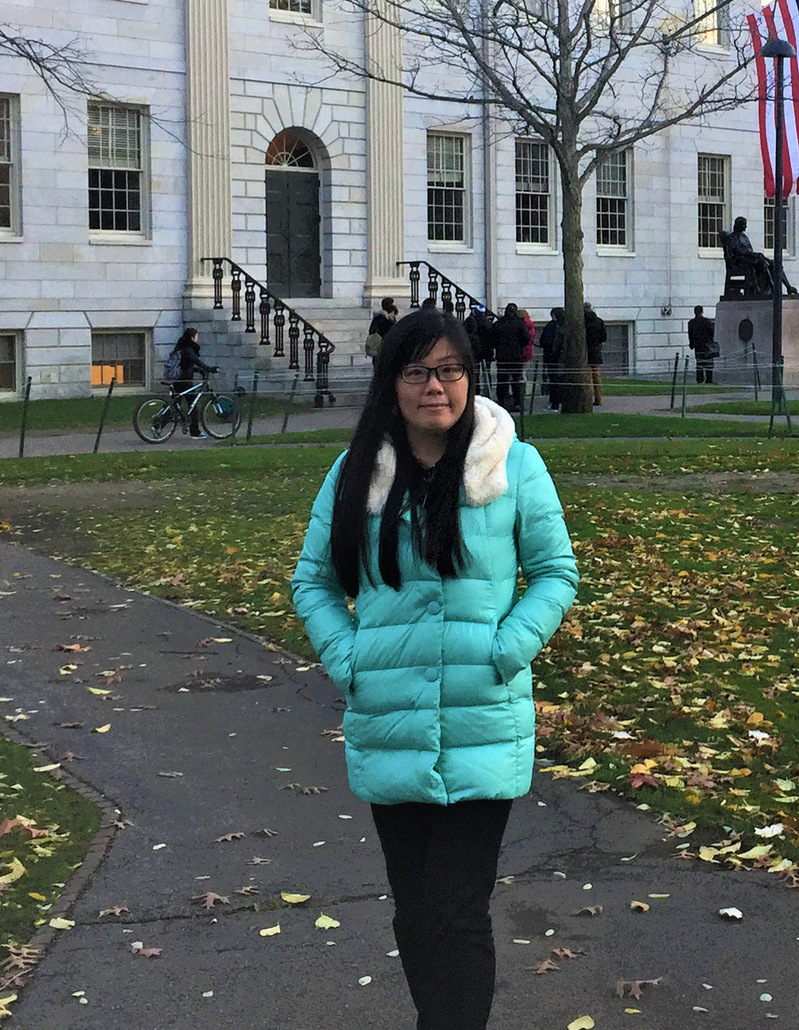
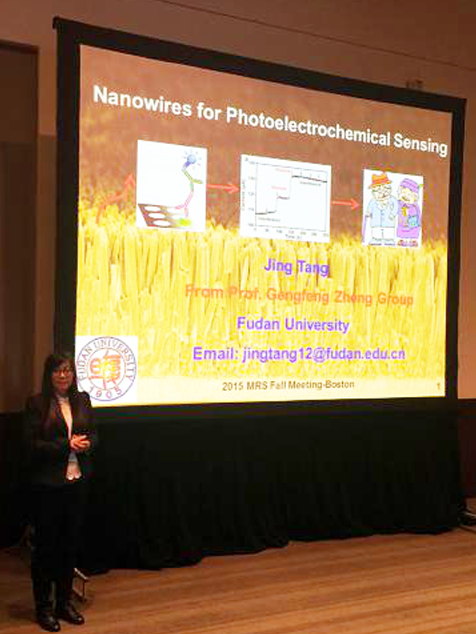
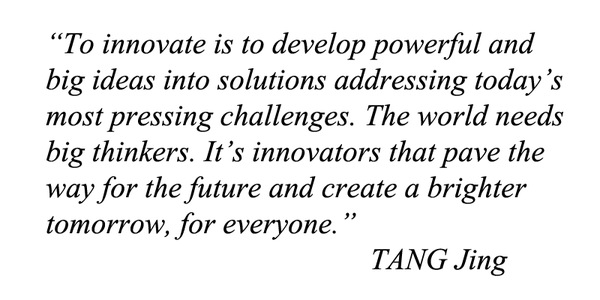
When TANG Jing was a Fudan student, she worked in the lab, from summer to winter, learning how to take out hippocampal neurons from a rat’s brain and how to cultivate new ones.
Supervised by Prof. ZHENG Gengfeng, Tang focused on bioelectronics for artificial vision and human-machine intelligence. She graduated from Fudan with a doctorate degree in chemistry in 2016 and later performed postdoctoral research jointly advised by Profs. Daniel S. Kohane at Harvard and Robert S. Langer at MIT. Tang is currently a postdoctoral associate with Prof. Yi Cui at Stanford University working on bioinspired materials and devices for health and sustainability.
Her award-winning project is a giant leap towards developing biotechnology tools that could one day restore vision to the blind. More than 170 million people suffer from retinal degeneration worldwide. Existing treatments often involve cumbersome apparatus and external power sources. The restoration of light response with complex spatiotemporal features in retinal degenerative diseases towards retinal prosthesis has proven to be a considerable challenge over the past decades.
Inspired by the structure and function of photoreceptors in retinas, Tang and her teammates have developed artificial photoreceptors based on gold nanoparticle-decorated titanium nanowire arrays for restoration of visual responses in the blind mice with degenerated photoreceptors. Semiconductor nanowire arrays, such as the gold and titanium dioxide structure used in the experiments, have the potential to act as artificial photoreceptors as they exhibit high surface areas, high-mobility charge transport, and excellent biocompatibility and stability.
The malfunctioning layer of rods and cones is replaced by artificial photoreceptors made from gold-titanium nanowires to restore eyesight to the blind.
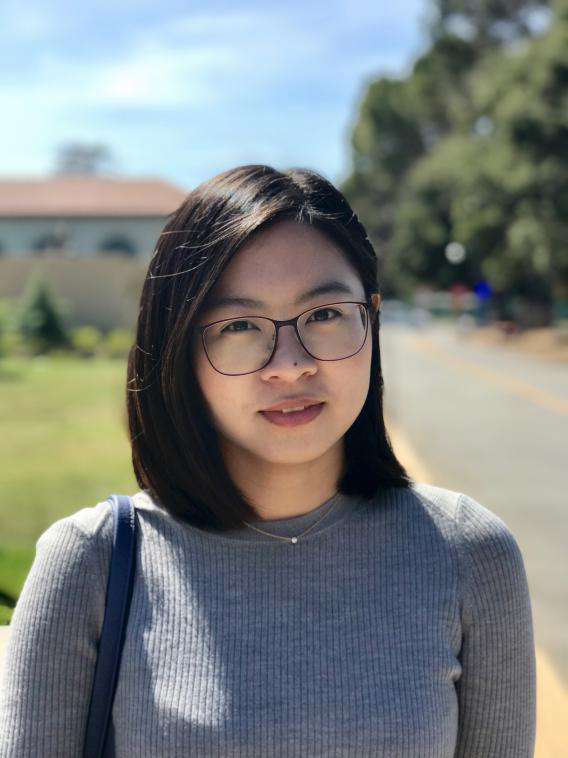
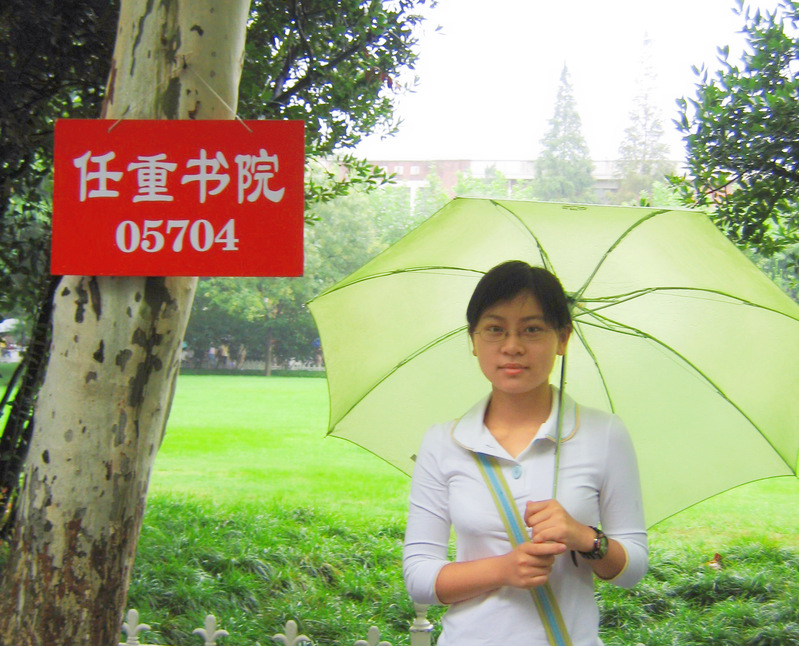
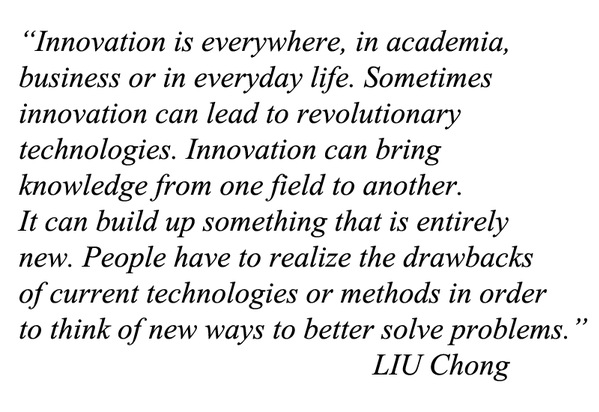
LIU Chong took many lab courses when she was an undergraduate student. The experimental skills she has built up over the years benefit her research.
She did ZSM-5 zeolite synthesis for her undergraduate research. She got it right for the first time as an undergraduate, which was very exciting to her at that time.
Liu graduated from the Department of Chemistry at Fudan as an undergraduate under the supervision of TANG Yi and ZHANG Yahong in 2009. She did her PhD in the Department of Materials Science and Engineering at Stanford University and her postdoc at Stanford as well. Liu is now an Assistant Professor in the Pritzker School of Molecular Engineering at the University of Chicago.
Her award-winning research could lead to a new way of mining minerals. As the global population grows, the demand for clean water and critical elements is increasing dramatically. For mining, ore-based mineral extraction accounts for a large fraction; however, the process typically results in soil and water pollution, decreased biodiversity, loss of landscape, and reduced quality of life for local residents.
Liu aims to mitigate these disruptive impacts on the environment and develop electrochemical methods that can extract uranium and lithium directly from seawater to achieve sustainable mining. Seawater contains hundreds of times more uranium and lithium than those on land. However, their concentrations are very low (parts per billion level). To extract them, Liu and her group are developing methods and materials to promote the selectivity for target ions.
Great minds “are named” alike. It is worth mentioning that there are actually two LIU Chongs who graduated from Fudan awarded by MIT Technology Review this year.
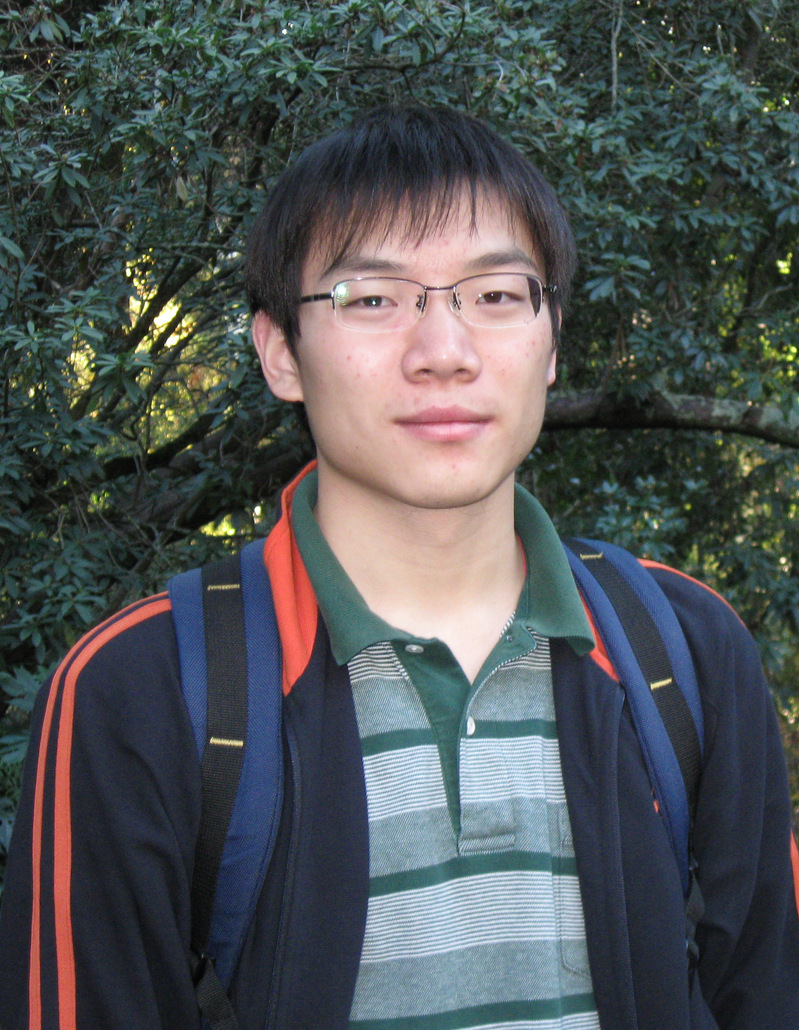
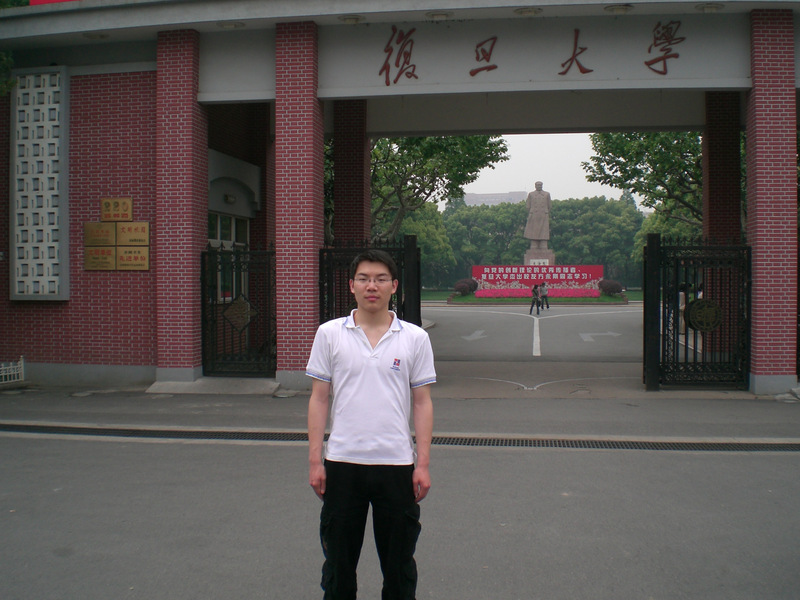
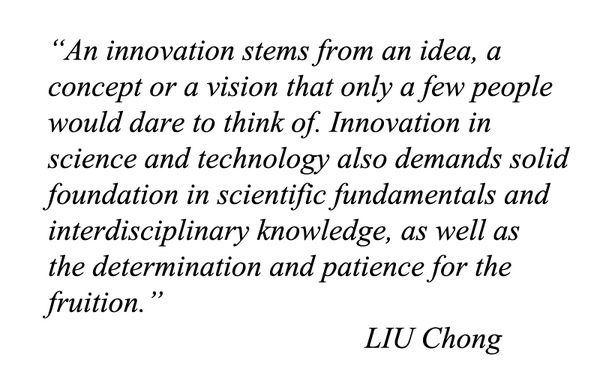
The other LIU Chong, who also earned a bachelor’s degree in chemistry from Fudan, used to read The Feynman Lectures on Physics until late at night, surrounded by other knowledge-thirsty students racing against time, in Classroom 3108 on Handan Campus, a self-study location known for its 24-hour availability.
Liu received his bachelor’s degree under the supervision of Prof. ZHAO Dongyuan at Fudan, before obtaining a doctorate degree in chemistry at University of California, Berkeley.
Liu’s award-winning research sits at the interface between chemistry and biology with the aim to construct a materials-biological cyborgian hybrids. Such a hybrid can be employed as a sustainable approach of chemical synthesis to make chemicals, fuels and materials from air, water and sunlight. Here the material component of the hybrid extracts solar energy efficiently and transfers such energy to the biotic counterpart for biochemical synthesis. The hybrid has unique advantages in materials biology, and is able to make complex chemical molecules from simple resources.
The materials-biological hybrid can produce on sunny days everything that constitutes our beautiful planet in principle. Such hybrid can contribute to a sustainable society where every household makes their needed materials at home, every farm prepares organic fertilizers by themselves, and every factory operates with a minimal climate impact.


